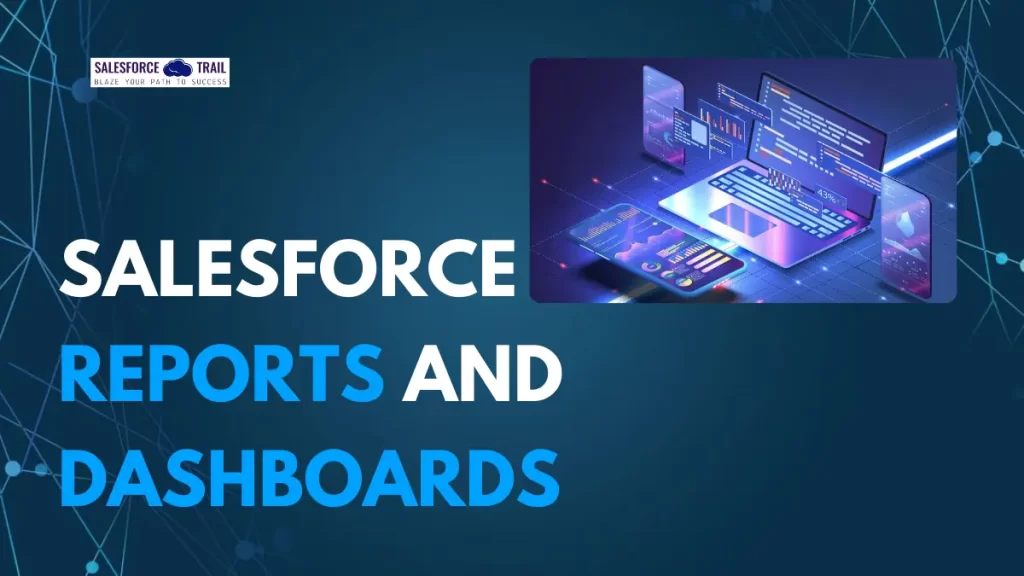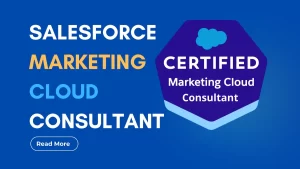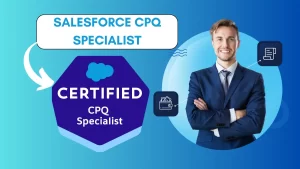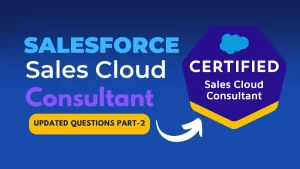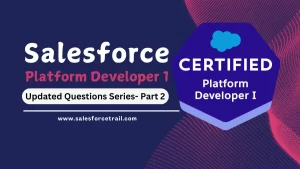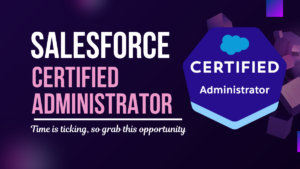Salesforce is a powerful tool that helps organizations manage their data, streamline operations, and make data-driven decisions. For new Salesforce admins, mastering Salesforce Reports and Dashboards is a crucial first step in leveraging the platform’s potential. These tools enable you to visualize data, track key metrics, and share insights with stakeholders. This guide will break down everything you need to know in simple terms to help you get started.
What Are Salesforce Reports and Dashboards?
Salesforce Reports are customized views of your data. Think of them as a way to ask questions about your data and get answers in an organized format. For example, you might create a report to see how many deals closed last month or to analyze customer satisfaction trends.
On the other hand, Dashboards are visual representations of your reports. They use charts, graphs, and tables to provide a clear and interactive overview of your key metrics. Dashboards are perfect for sharing information with teams or leadership in a way that’s easy to understand.
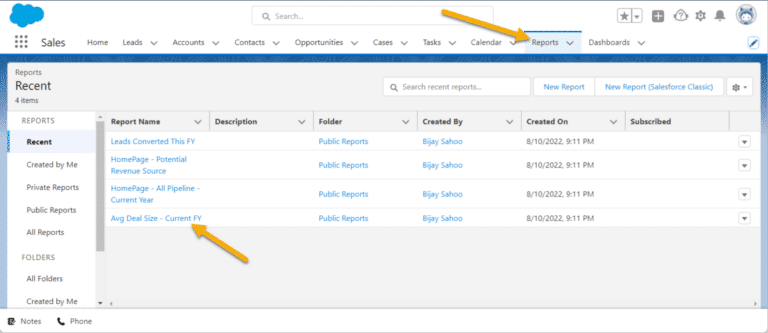
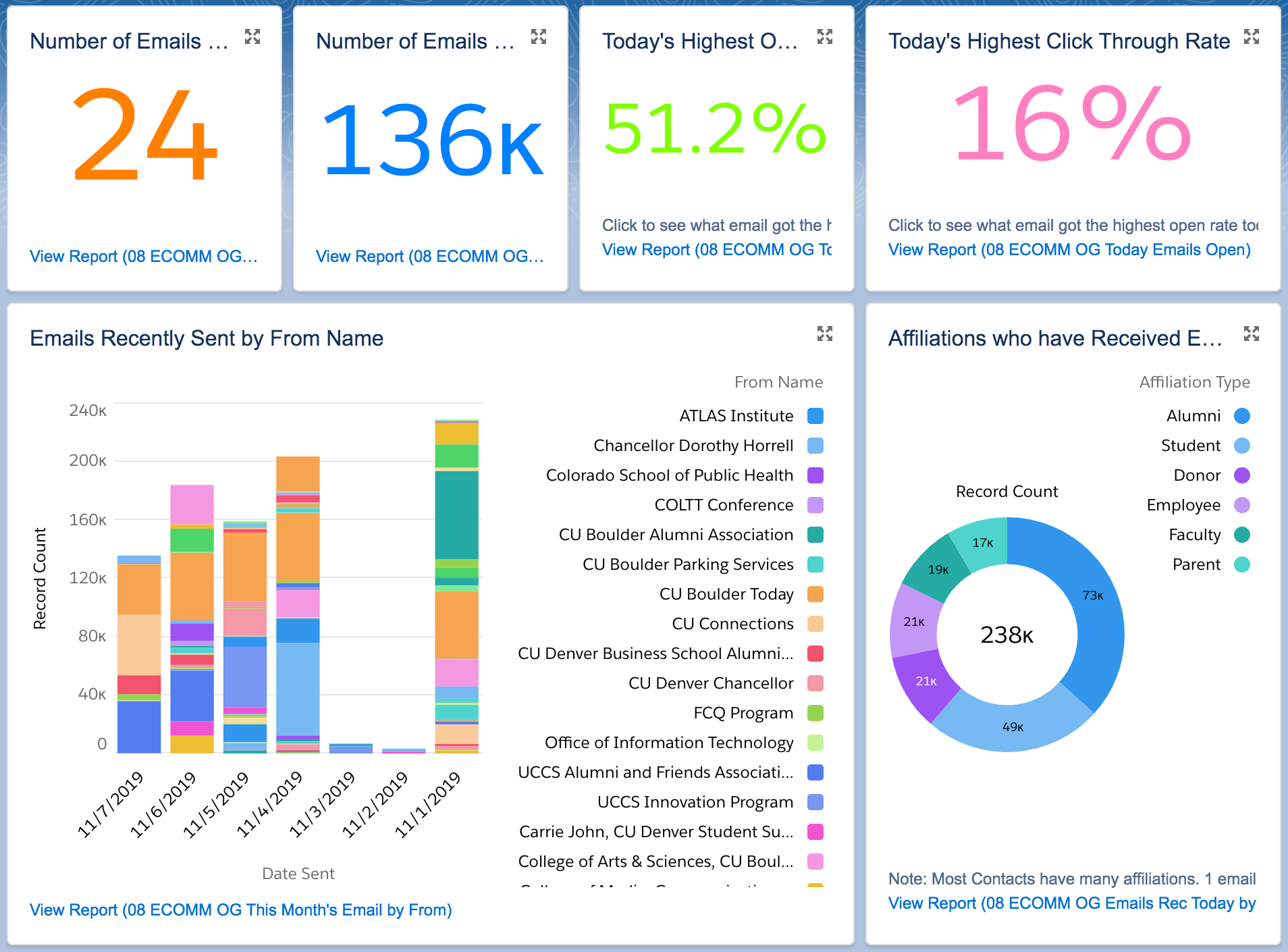
How to Create a Salesforce Report
Creating a report in Salesforce is straightforward. Follow these steps to get started:
- Choose the Right Report Type
Go to the Reports tab and click New Report. Select a report type based on the object you want to analyze (e.g., Accounts, Opportunities, or Cases). - Customize the Report
Use filters to narrow down your data—for example, filter by a specific period, region, or salesperson. - Add Fields
Drag and drop the fields you want to include in your report. This might consist of names, dates, or amounts. - Group Your Data
Group rows or columns to create meaningful categories. For instance, group opportunities by stage to see how deals progress through your pipeline. - Save and Run the Report
After being satisfied, save your report and click Run to view the results. You can even schedule reports to be emailed automatically.
How to Build a Salesforce Dashboard
Dashboards bring your reports to life. Here’s how to create one:
- Go to the Dashboards Tab
Click New Dashboard and give it a descriptive name (e.g., “Sales Performance Dashboard”). - Add Components
Add components like charts, tables, and gauges. Every component is linked to a report, so select a report as the data source. - Customize the Layout
Arrange the components in a way that’s visually appealing and easy to understand. Use colors and labels to highlight important details. - Set Filters
Dashboard filters let viewers personalize the data they see. For instance, a filter might allow users to view data by region or team. - Save and Share
Save your dashboard and share it with your team. You can also set visibility permissions to control who can access it.
Best Practices for Salesforce Reports and Dashboards
To get the most out of these tools, keep these tips in mind:
- Start Simple: Begin with basic reports and dashboards before moving on to complex ones.
- Stay Organized: Use clear naming conventions for reports and dashboards.
- Focus on Key Metrics: Avoid clutter by highlighting only the most relevant data.
- Leverage Folders: Organize your reports and dashboards into folders to make them easier to find.
- Collaborate: Work with your team to ensure reports meet everyone’s needs.
- Keep Data Clean: Reports and dashboards are only as good as the data they use. Regularly update and clean your data.
Common Challenges and How to Overcome Them
Even with their powerful capabilities, you may encounter challenges working with Salesforce Reports and Dashboards. Here are a few examples and solutions:
- Too Much Data: Large datasets can make reports slow or hard to read. Use filters and summaries to focus on what’s important.
- Outdated Data: Ensure your reports use real-time data by refreshing them regularly.
- Limited Skills: If you’re new to Salesforce, explore Trailhead modules on reports and dashboards to build your skills.
- Access Issues: Set appropriate permissions, so only the right people can view and edit reports and dashboards.
Trailhead: Your Learning Companion
If you’re starting, Salesforce Trailhead is an excellent resource. It offers free, interactive modules on reports and dashboards. Start with modules like:
- “Reports & Dashboards for Lightning Experience”
- “Data Visualization”
These modules will guide you step-by-step and boost your confidence.
Final Thoughts:
Salesforce Reports and Dashboards are indispensable tools for admins aiming to drive data-driven decisions within their organizations. By understanding how to create and customize them, you can unlock valuable insights and engagingly present them.
Remember, practice makes perfect. Start with simple reports, experiment with dashboards, and explore the wealth of features Salesforce offers. Soon, you’ll be a pro at delivering actionable insights that elevate your organization’s performance.
Ready to create your first Salesforce Reports and Dashboards? Log in to your Salesforce instance and start exploring today!
Must Visit Links:
- Are Salesforce Certifications Worth It for Beginners? Insights from Experts
- Integration Developer-Dell Boomi / MuleSoft | Salesforce Job Opening Apply Now
- LWC Platform Developer | Salesforce Jobs Opening Join Salesforce Today!
Resources
- [Salesforce Developer] (https://developer.salesforce.com/)
- [Salesforce Success Community] (https://success.salesforce.com/)
For more insights, trends, and news related to Salesforce, stay tuned with Salesforce Trail
Mark Jacobes is a seasoned Salesforce expert, passionate about empowering businesses through innovative CRM solutions. With over 6 years of experience in the Salesforce ecosystem, Mark specializes in Salesforce development, integrations, and digital transformation strategies.
As the creator of SalesforceTrail.com, Mark has built a reputation for delivering insightful content that keeps readers ahead of the curve in Salesforce trends, tools, and best practices. His expertise spans various Salesforce platforms, including Sales Cloud, Service Cloud, and Health Cloud, and he stays actively engaged with the Salesforce Trailblazer Community.
Author Salesforcetrail
- Mark Jacobeshttps://salesforcetrail.com/author/markjacobes/
- Mark Jacobeshttps://salesforcetrail.com/author/markjacobes/
- Mark Jacobeshttps://salesforcetrail.com/author/markjacobes/
- Mark Jacobeshttps://salesforcetrail.com/author/markjacobes/


